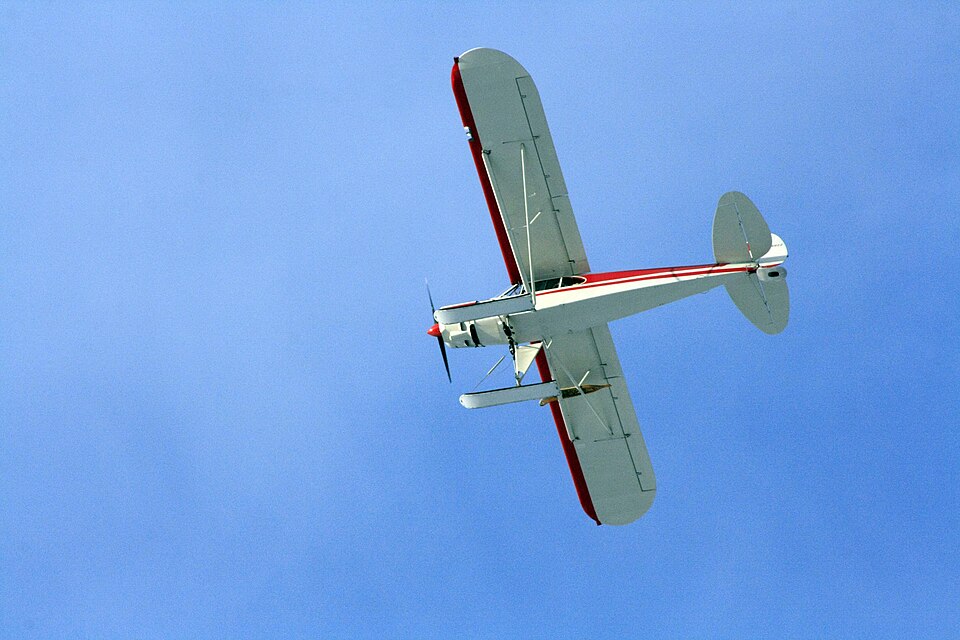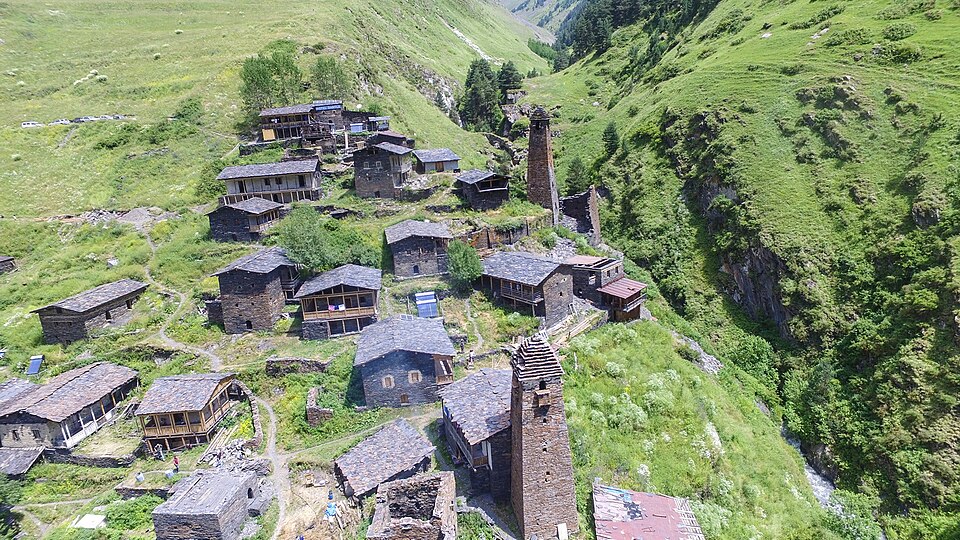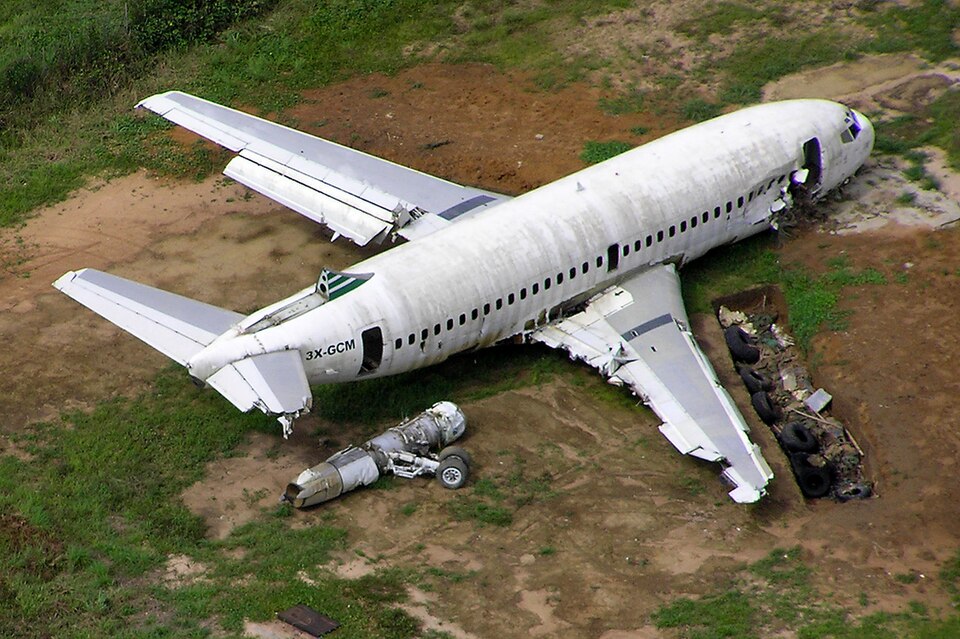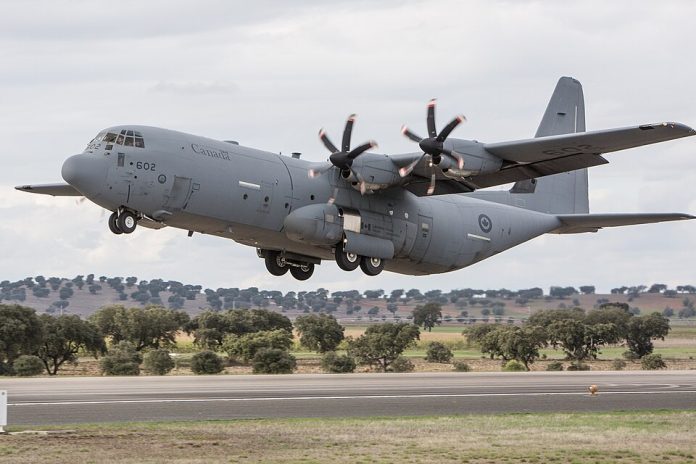
“In aviation, gravity is patient it waits for mistakes.” That old saying now has grim relevance as a Turkish Air Force C-130 Hercules spiraled out of the sky over Georgia’s eastern border on November 11, 2025. The dramatic crash, captured in harrowing witness videos, saw the aircraft break apart mid-air before slamming into remote terrain near Sighnaghi, sending up a plume of black smoke visible for miles.
The incident has triggered a multinational response involving Turkey, Azerbaijan, and Georgia, underlining not only the operational risks of legacy military transports but also the geopolitical ties binding these nations. With the cause still under investigation, the event offers a sober look at the C-130 fleet’s vulnerabilities, history, and strategic context-a platform with decades of service in combat, humanitarian missions, and logistics.
Below is a listicle that condenses nine critical insights from the crash and its aftermath from technical details of the aircraft’s final flight path to broader lessons in military aviation safety management.

1. The Final Flight Path
Flight tracking data from Flightradar24 showed the C-130E, using callsign TUAF543, lifting off from Ganja International Airport in Azerbaijan at 2:19 PM local time. The aircraft climbed steadily, clearing the Mingechevir Reservoir and then crossing briefly into Georgian airspace. At 24,000 feet, it was on a westerly heading when contact was lost. According to Georgian aviation authorities, no distress call was made, suggesting an extremely sudden catastrophic event. The wreckage was located in mountainous terrain about three miles from the Azerbaijani border, which impeded access to the site.

2. Midair Break-up
Many eyewitnesses and multiple media cameras captured it the aircraft was in multiple pieces before impact. The center fuselage, still attached to its wings, spiraled downwards while other sections fell separately. A smoke-like trail from the wingtips, possibly fuel vapor, was visible. A dense column of black smoke erupted on impact. This pattern would suggest a possible structural failure or explosive decompression, though investigators have yet to confirm such a sequence of events.

3. The Human Cost
Turkey’s Defense Ministry affirmed 20 personnel on board, including the flight crew. Officials are not releasing casualty figures until recovery operations are complete, but President Recep Tayyip Erdoğan has referred to the dead as “martyrs,” a term used in Turkey to describe service members who die in duty. The President of Azerbaijan, Ilham Aliyev, said he was shocked by “the loss of life of our soldiers” and pledged cooperation in the investigation. Georgian Foreign Minister Maka Botchorishvili also offered condolences, underlining the regional resonance of the tragedy.

4. Rescue Challenges
The wreckage fell in the Kakheti region of Georgia, which has pine forests and uneven terrain. Poor visibility also hindered the work of emergency teams. Border police and rescue units were sent to the site, and Turkey sent an unmanned aerial vehicle in support of the operations. Officials also said reaching survivors and securing the site remained the top priority before forensic examination could begin.

5. A Legacy Aircraft
The Turkish Air Force operates 18 C-130B and E-model aircraft, many purchased second-hand many years ago. The aircraft that crashed was one that had also been obtained second-hand from Saudi Arabia but then undergone the ERCIYES modernization program, which upgrades avionics, navigation, and cockpit displays. However, the basic design for the Hercules dates from the 1950s, and so there are concerns over maintenance and structural integrity.

6. Global Workhorse
The Lockheed Martin C-130 Hercules has served over 63 nations, and more than 2,500 units have been built. Capable of taking off from short or unprepared runways, this aircraft has seen service for cargo transport, personnel movement, medical evacuation, and even retrieving satellites. Its unbroken production run is unprecedented in military aviation and continues as a tribute to its adaptability-but also reminds one that age and use require serious maintenance.

7. Accident Chains in Aviation
As aviation safety experts will also point out, there is rarely one cause for an accident. They arise out of a chain of events through, for instance, structural failure, environmental hazards, human error, or system malfunction. The removal of one link can avert disaster, but when several factors come together, the outcomes are often fatal. In this case, the absence of a distress call may signal a rapid sequence of failures that gave the crew no time to act.

8. Historical Precedent
During the years of operation, the Hercules family of aircraft has been involved in numerous accidents. According to the Aviation Safety Network, these have occurred worldwide, ranging from conflict theaters to training flights. While many incidents were the result of hostile action or extreme conditions, instances of mechanical failure and maintenance oversights have also been recorded. Such history can point to the fact that proactive inspection regimes are necessary for aging fleets.

9. Strategic and Diplomatic Dimensions
Given the close military links between Turkey and Azerbaijan, the crash had immediate reverberations beyond strictly technical spheres. The aircraft had just taken off from a country with which Turkey shares far-reaching defense cooperation, such as joint exercises and logistics. The rapid diplomatic coordination among Ankara, Baku, and Tbilisi reflects both operational necessity and the political imperative to manage crises in sensitive border regions.
The spiraling fall of the Turkish C-130 over Georgia is more than a tragic mishap it is a stark reminder of the complex interplay between machinery, human skill, and geopolitical realities. As investigators piece together the chain of events, lessons are likely to influence not only how Turkey manages its fleet but also broader military aviation safety protocols. For defense and aviation watchers, this incident reinforces a timeless truth in the unforgiving physics of flight, every link in the chain matters.


